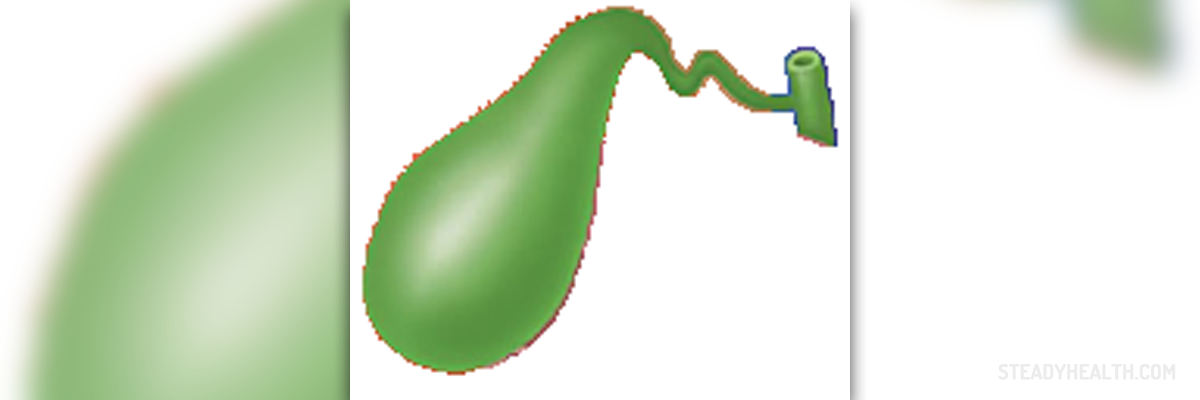
Once there occurcertain abnormalities, or any kind of more severe inflammation, this calls forremoval of the gallbladder. And accordingly, a person undergoes a surgical procedure,which is considered the best possible way for the person to preserve the overall health onwards. What is, just as important, is the diet once the personsteps into the convalescence phase. This should be based on lean meat,vegetables and fruits that abound in fibers.
Under the microscope
The organ in questionis fairly small in size and belongs to the digestive system mechanism, givinga helping hand in maintaining a proper concentration of the bile inside theliver, as well as in boosting the digestion process itself. The size of theorgan in question never transcended 10 cm in length, and this is taken for themoments when it is extended at its most. The lining is columnar epithelial, andhas connective tissue located just underneath it. Gallbladder is alsoresponsible for storing the bile and releasing it once the fatty components that are found in food find their way into the digestive tract. By doing this, fats aremore easily neutralized and emulsified.
The surgicalprocedure
If some of thefollowing conditions present themselves, the surgical procedure and the removalof the gallbladder are recommended:
Development of the gallstones in the gallbladder or along the biliary tract,Porcelain gall bladder,Gallbladder cancer,Improper functioning (i.e. bladder disease).In order to recognize any gallbladder related abnormalities, one should always pay close attention tosuch manifestations as post-meal pain in that area, occasional breathingdifficulties, nausea and vomiting.
Most proper diet
Once the surgicalprocedure has been performed and the organ removed, person in question willunfortunately have certain digestive issues. But this is primarily due to thebody's inability to emulsify and dissolve the fats, which was prior the mainresponsibility of the gallbladder. In case a person consumes too much foodthat is high in fats, there may be symptoms of bloating, as well as diarrhea. In order to avoid this, and any furthercomplications, as well as in order to speed up the overall convalescence, a person shouldadhere to a specific diet that includes food such as chicken andlean meat, also eggs, skimmed milk, low fat cheese, yoghurt, soup, salad,grilled fish and chicken, legumes. What a person should avoid at all cost isspicy food, fried food, whole grain bread, cereals, nuts, seeds, baked beans,broccoli, cabbage, Brussel sprouts, cauliflower, pastries and peanuts.




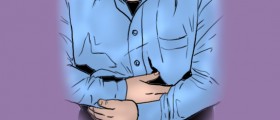
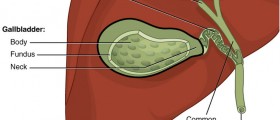

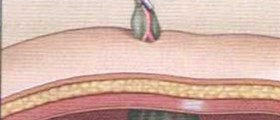
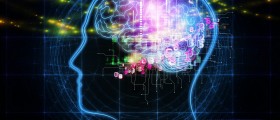
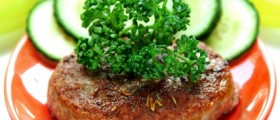
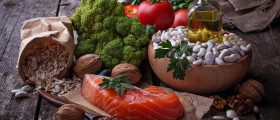


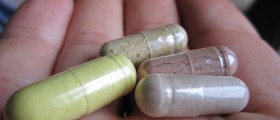

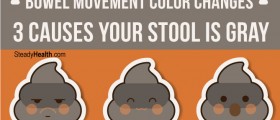
Your thoughts on this
Loading...